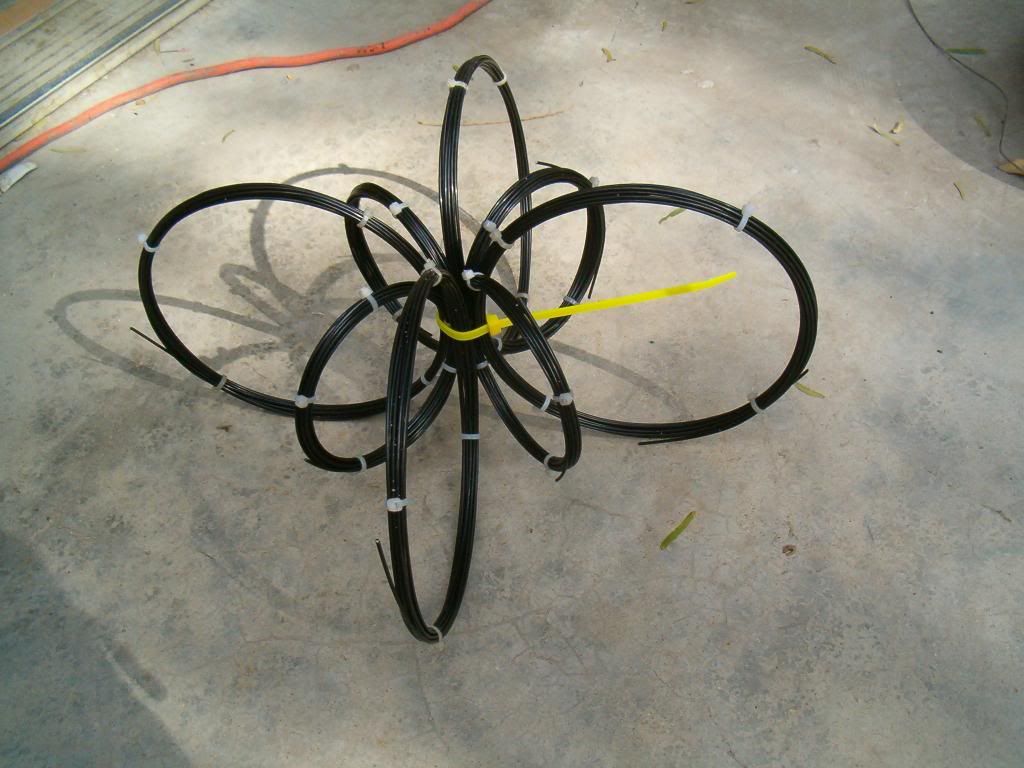Originally posted by Web000x
View Post
Then you have turns for the two secondaries, both the count around the primary core and the larger Back EMF core. Everything so far has this count 1 to 1. I'm suggesting that these secondaries also have ANOTHER ratio. That being the count of turns coming off the two primary cores and the count around the larger Back EMF core (calling this a secondary core is probably where the confusion is). From now on I'll call the single large core that couples the two secondary windings together the Back EMF core. So you have in the SFT:
One primary winding that loops around both primary cores. There should be no ratio here; always 1 to 1.
Two primary cores.
One Back EMF core.
Two secondary windings.
I'm suggesting Bill showed us a setup where the secondary windings are 1 to 1 around each primary and Back EMF core. We don't know if this is optimal for the secondary windings. It very well could be that having more total turns on the Back EMF core than on the primary core for each secondary winding is better. Or maybe having more total turns on the primary core than the Back EMF core gives better results. Either way, each secondary winding should be done exactly the same. The split flux should be symmetrical. Bill thinks this symmetrical split flux design creates Cooper electron pairs and he could be right, so we need each secondary winding to be built identical.
So I'm sure I have you really confused now right Dave? hehe
Lets review all these turn counts with just example numbers:
Primary turn count for primary winding: 50
Secondary turn count for one side: 75 around primary core, 100 around Back EMF core.
Other secondary is identical to first.
So lets look at the ratios. We have a 50 : 75 (2/3) step-up. We also have a 75 : 100 (3/4) Back EMF recovery ratio. This ratio is what we need to explore.
If it's still not clear, just hang tight until I get my new cores and I'll try to do a video showing what I'm talking about.








Comment